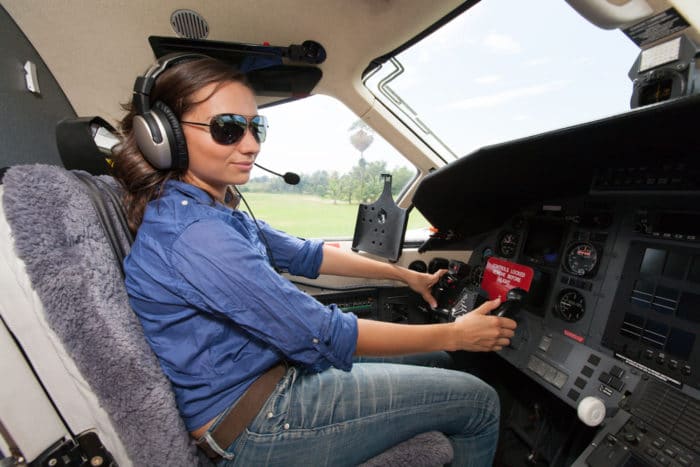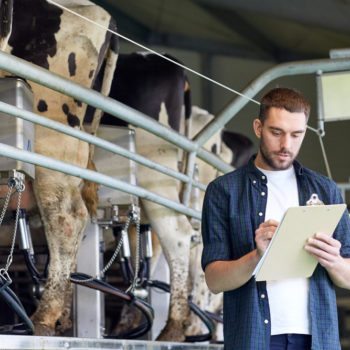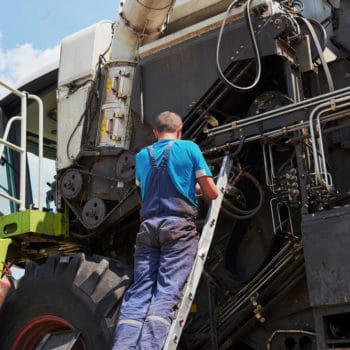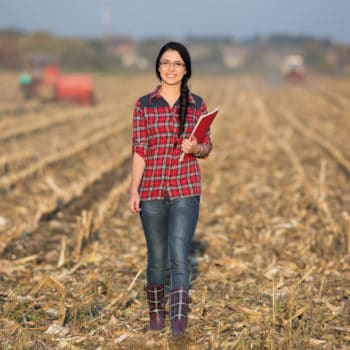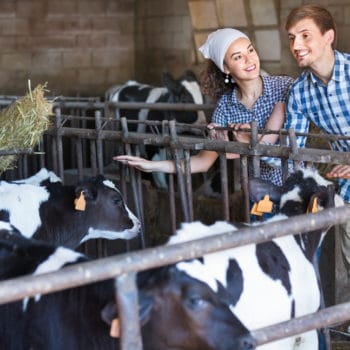Why We Love It
-
$84,510Potential Avg. Salary
-
10.3%Job Growth Rate
-
Growing DemandJob Outlook
-
Don't Take Work HomeCareer Attribute
Agricultural Crop dusting or Pilot duster is one of the most interesting careers out there who feel the most at home when in the sky. It offers the excitement of flying above in the air while tending to the crops beneath. It is an effective and economic means of spraying crops with fertilizers or pesticides to large area in the shortest possible time. The pilots are called Ag pilots for a job that they refer to as aerial application too. As the social farms and large corporate farms become the order of the day, there are more takers for crop dusting as the services of a crop duster can be availed by many for just a single day and the task load is taken off them.
Recommended Schools
What is an Agricultural Pilot or Crop Duster?
Duties
Being an Agricultural crop duster or Pilot duster involves the following duties
- Flying over contractor’s farmlands and spaying pesticides and fertilisers.
- At times, could also be contracted to douse forest fires with water and carbon dioxide fumes.
- Planting seeds post the harvest season with aerial droppings.
- Maintaining records and reporting about the operational condition of the planes.
Day in the life
A day in the life of an Agricultural pilot, involves taking the specialized planes out, loading them with the pesticide or fertilizer as per the client’s requirements. Post that, the flight plan is charted so as to form a route which consumes least fuel and ensures maximum application. The planes are flown at low altitude over the fields.
Sometimes flying is the only way to apply pest control measures over remote farms in certain valleys making it economically feasible and less labor-intensive. Agricultural crop pilot dusters are employed by such contractors on a regular basis keeping them occupied on several days in the harvest season. Beyond that, for those interested there are also calls for environmental studies, gathering data on vegetation using sensors, dousing forest fires.
It is safe to say that no day in the sky is like any other.
Work schedule and typical hours
Work hours are typically a couple of hours in sense of flying on a daily basis. The preparation work required before flying also needs to be counted, as safety starts from pre-run checks. Crop dusters most typically start early in the morning before the heat is too high in summers to allow the solvent to mix well with the soil and crops before any chance of evaporation. Usually flying in the winter is minimized to allay safety concerns and also as crop dusting isn’t usually required much in winters. But other avenues for flying and different contracts as those mentioned above do come in time to time in rest of the year. As the specialized skill of an agricultural pilot is high in demand, they have some flexibility to determine the time of their working.
Growth of the job
The job of an agricultural pilot or crop pilot duster has a great potential to earn a high salary. Most on an average earn around four times the average citizen’s annual income in the United States of America.
As the specialist pilot’s experience increases in terms of flying conditions and flying hours so does their remuneration by leaps and bounds. It can also pave way for changing careers later as the flying hours can be counted for easier processing of a commercial pilot license or to tie up with charter flights businesses. Also one can establish one’s own business by purchasing crop duster planes later and then there is no limit to one’s earnings. There is a lot of demand and manual labor is costly and soil application of the solvents is very expensive.
Typical employers
Employers in this business are usually specialized crop dusting contractors and business owners. But if one owns a duster plane, then all farm owners, corporate farms and even environment agencies can be one’s clients. As it is a very specialized skill that is short in supply, pilots get a lenient treatment and favourable conditions to work in including a say in when to fly and when not to.
Recommended Schools
How To Become an Agricultural Pilot or Crop Duster
Becoming a professional agricultural crop or Pilot duster requires a Private Pilot license (PPL) is a bare minimum. Post this specialized training is also required for planes with conventional tail gear (landing wheels at the end), agricultural application procedures and in certain cases commercial pilot license depending upon the type of plane used for application.
Agricultural Pilot or Crop Duster Salary Data
We’ve provided you the following to learn more about this career. The salary and growth data on this page comes from recently published Bureau of Labor Statistics data while the recommendations and editorial content are based on our research.
National Anual Salary
Low Range
$53,330Average
$84,510High Range
$147,890National Hourly Wage
Low Range
---Average
---High Range
---How do Agricultural Pilot or Crop Duster salaries stack up to other jobs across the country? Based on the latest jobs data nationwide, Agricultural Pilot or Crop Duster's can make an average annual salary of $84,510, or --- per hour. On the lower end, they can make $53,330 or --- per hour, perhaps when just starting out or based on the state you live in.
Salary Rankings And Facts
#119 Nationally for All Careers
Above Average Salary Nationally
Highest Education Among Agricultural Pilot or Crop Dusters
- 2.3% Doctorate
- 11.2% Masters
- 60.8% Bachelors
- 6.8% Associates
- 13.7% College
- 4.8% High School
- 0.5% Less than High School
Job Growth Projections and Forecast
2014 Total Jobs
43,5002024 Est. Jobs
48,000Job Growth Rate
10.3%Est. New Jobs
4,500How does Agricultural Pilot or Crop Duster job growth stack up to other jobs across the country? By 2024, there will be a change of 4,500 jobs for a total of 48,000 people employed in the career nationwide. This is a 10.3% change in growth over the next ten years, giving the career a growth rate nationwide of Above Average.
Growth Rankings And Facts
#179 Nationally for All Careers
Above Avg. Growth Nationally
What Companies Employ The Most Agricultural Pilot or Crop Dusters
| Industry | Current Jobs | New Jobs Needed | % Increase |
|---|---|---|---|
| Nonscheduled air transportation | 13,900 | 2,000 | 2% |
| Technical and trade schools; private | 4,700 | --- | --- |
| Support activities for air transportation | 3,200 | 200 | 0% |
